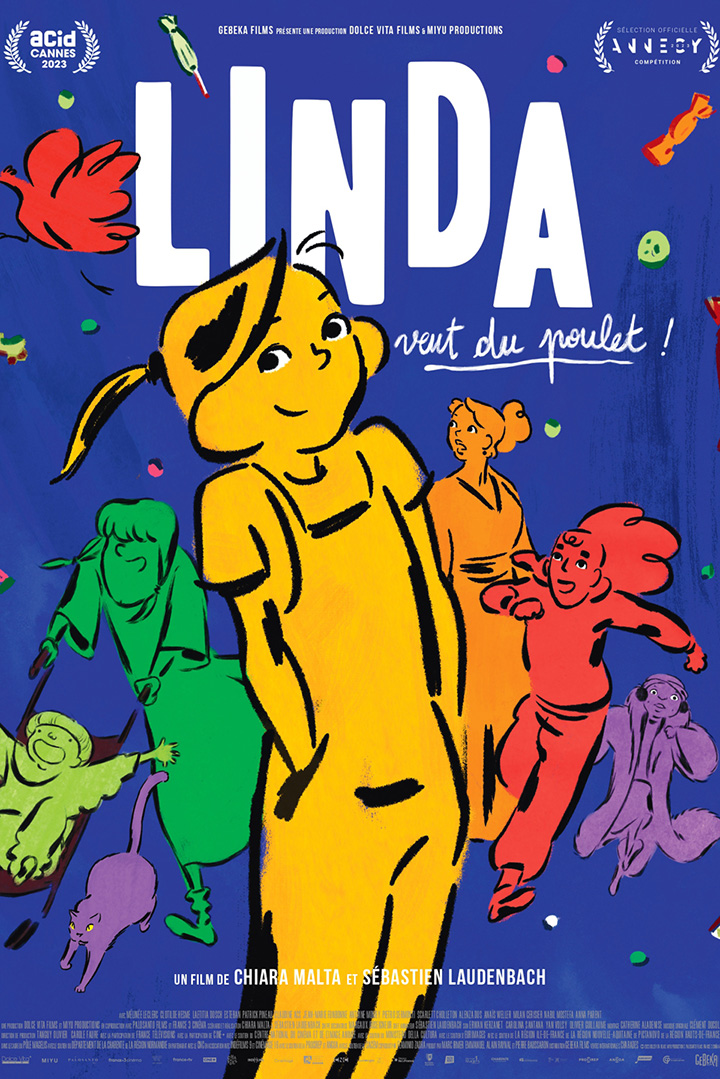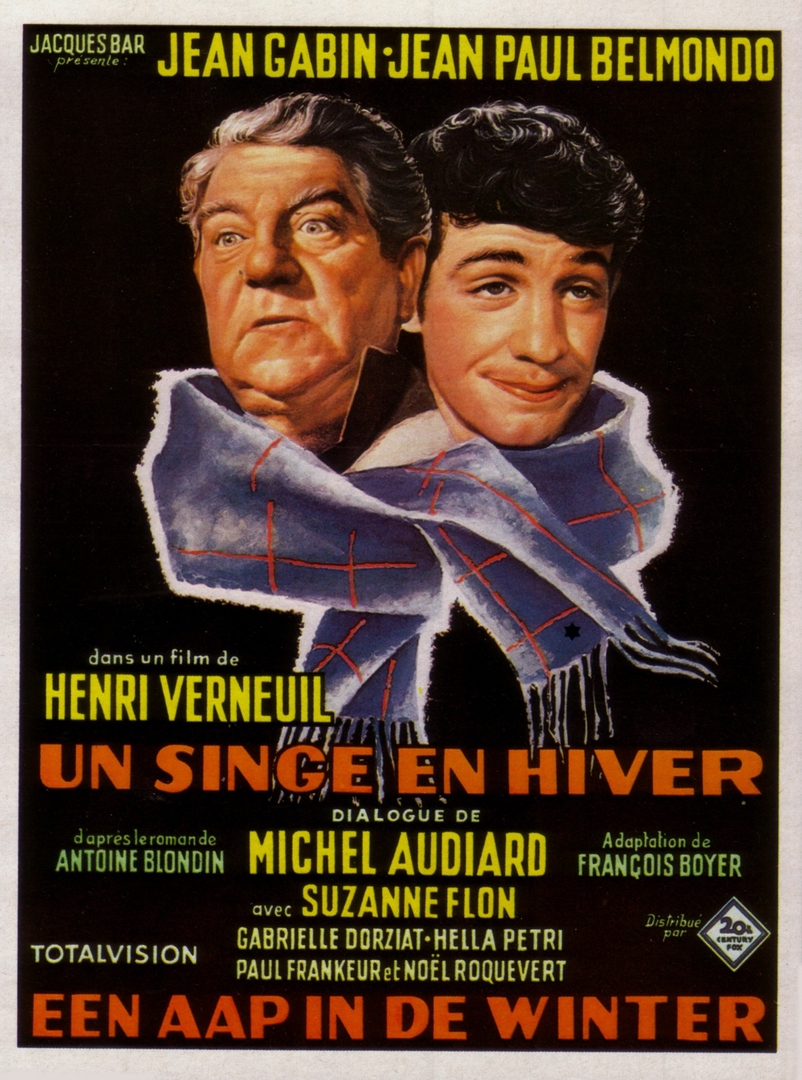The American Friend
For all sorts of reasons, we are never done with Wim Wenders’ cinema and his way of apprehending narratively (sometimes with the complicity of the writer Peter Handke) and photogenically (by his lucky star) the 1970s, especially in Germany and the US. Seizing the opportunity of a new series of accessible restorations, we present several of his films that were commonly requested for years, including Alice in den Städten, with music by Can, the legendary Krautrock band. A few legendary films from the 80s and 90s that extend the plastic themes and concerns of his early era will also be shown.
Jonathan Zimmermann, a picture framer and restorer, lives in Hamburg with his wife Marianne and their young son Daniel. Zimmermann has known for some time that he has leukemia, but his condition seems to be stable. At an art auction, Zimmermann meets Tom Ripley, a counterfeit dealer who commutes between New York and Hamburg. Ripley learns of Zimmermann's illness. He in turn learns about it from one of his contacts in the criminal world, the Frenchman Raoul Minot. The latter proposed to Zimmermann to commit a murder in Paris, in return for a large sum of money which would allow him to ensure a certain financial security for his wife in case of her premature death as a result of her illness. Zimmermann ends up accepting, and from that moment on, things get complicated...

Wim Wenders
After studying medicine and philosophy, Wim Wenders left his hometown of Düsseldorf for Paris, where he forged his film culture in the effervescence of the 1960s. He then studied cinema in Munich and moved on to directing, enrolling in the New German Cinema movement. Noticed in Europe, his 1970s films saw the emergence of his favorite themes and affinities (American cinema, road movies, music). With The American Friend (1977), the filmmaker gained notoriety in the United States and began to work there. There he directed the famous Paris, Texas (1984), before returning to Germany to sign another flagship film of his career, Wings of Desire (1987). In addition to his work of fiction, he has directed several documentaries, particularly on artistic creation: music (Buena Vista Social Club), dance (Pina) or photography (The Salt of the Earth), a discipline that the filmmaker also exercises himself.
Photo : Unifrance






